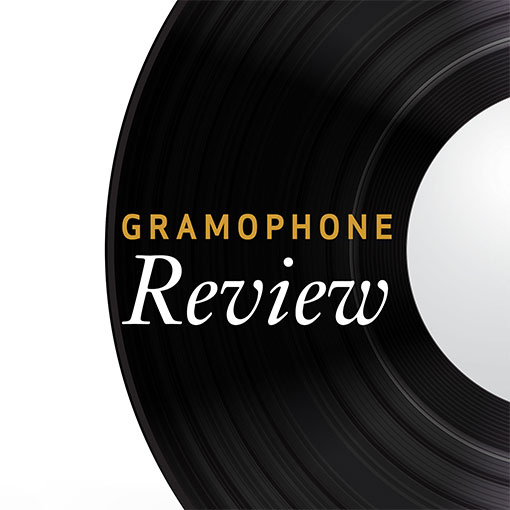Rachmaninov Symphonies
View record and artist detailsRecord and Artist Details
Composer or Director: Sergey Rachmaninov
Label: Decca
Magazine Review Date: 6/1983
Media Format: Cassette
Media Runtime: 0
Mastering:
DDD
Catalogue Number: KSXDC7531

Tracks:
| Composition | Artist Credit |
|---|---|
| Symphony No. 3 |
Sergey Rachmaninov, Composer
(Royal) Concertgebouw Orchestra, Amsterdam Sergey Rachmaninov, Composer Vladimir Ashkenazy, Conductor |
| Symphony, 'Youth' |
Sergey Rachmaninov, Composer
(Royal) Concertgebouw Orchestra, Amsterdam Sergey Rachmaninov, Composer Vladimir Ashkenazy, Conductor |
Composer or Director: Sergey Rachmaninov
Label: Decca
Magazine Review Date: 6/1983
Media Format: Vinyl
Media Runtime: 0
Mastering:
DDD
Catalogue Number: SXDL7531

Tracks:
| Composition | Artist Credit |
|---|---|
| Symphony No. 3 |
Sergey Rachmaninov, Composer
(Royal) Concertgebouw Orchestra, Amsterdam Sergey Rachmaninov, Composer Vladimir Ashkenazy, Conductor |
| Symphony, 'Youth' |
Sergey Rachmaninov, Composer
(Royal) Concertgebouw Orchestra, Amsterdam Sergey Rachmaninov, Composer Vladimir Ashkenazy, Conductor |
Author: Edward Greenfield
Those contrasts are fairly typical, and the Decca digital recording with its range and beautiful bloom matches the warm Romanticism of the interpretation. Next to it the DG sound with its close-up focus on individual instruments sounds rather abrasive, with the Berlin violins rather edgy and sometimes even thin. But the sound suits the incisiveness of Maazel's urgent reading—which unlike the other two omits the exposition repeat in the first movement. Ashkenazy in the finale has a basic speed even faster than Maazel's, hectic to the point of wildness, and then characteristically slows more markedly for the second subject. Purely on interpretation I still marginally prefer the Previn with its more direct, less extreme view but with comparable warmth, and the sound is among HMV's most impressive of its period. But Ashkenazy's volatile view is equally compelling, and he has the advantage of superb digital recording, not to mention a fascinating coupling, the ''Youth'' Symphony—in fact only a first movement written when Rachmaninov was still only 19. The first subject with its syncopated rhythms in compound time brings direct cribs from Tchaikovsky's Fourth Symphony, and the second subject is too sharply contrasted to allow a truly symphonic synthesis, but it is a bold, highly enjoyable piece well worth hearing.'
Discover the world's largest classical music catalogue with Presto Music.

Gramophone Digital Club
- Digital Edition
- Digital Archive
- Reviews Database
- Full website access
From £8.75 / month
Subscribe
Gramophone Full Club
- Print Edition
- Digital Edition
- Digital Archive
- Reviews Database
- Full website access
From £11.00 / month
Subscribe
If you are a library, university or other organisation that would be interested in an institutional subscription to Gramophone please click here for further information.





